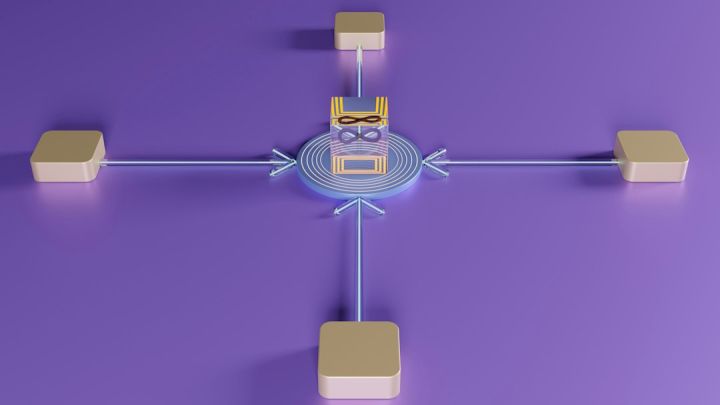What Are the Best Practices for Continuous Integration and Deployment?
Continuous integration and deployment (CI/CD) is a software development approach that aims to streamline the process of integrating, testing, and deploying code changes. By automating these processes, developers can ensure that new features and bug fixes are quickly and safely delivered to users.
In this article, we will explore some best practices for implementing CI/CD in your development workflow.
1. Start with a solid foundation
Before diving into CI/CD, it’s important to establish a solid foundation for your software development process. This includes using version control, setting up a code review process, and establishing coding standards. Having these practices in place will ensure that your codebase is healthy and ready for continuous integration.
2. Automate your tests
One of the key aspects of CI/CD is automated testing. By automating your tests, you can quickly identify any bugs or issues introduced by code changes. Make sure to include unit tests, integration tests, and end-to-end tests in your test suite. These tests should be run as part of your CI pipeline to catch any regressions early on.
3. Build and deploy in isolation
To ensure that your CI/CD pipeline is reliable and reproducible, it’s important to build and deploy your application in isolation. This means using containers, such as Docker, to create an isolated environment for each build. By doing this, you can avoid dependency issues and ensure that your application will run consistently across different environments.
4. Use feature flags
Feature flags are a powerful tool that allows you to enable or disable certain features in your application without deploying new code. This can be particularly useful when working on large features that may take a while to complete. By using feature flags, you can continuously deploy your changes to production while keeping the new feature hidden from users until it’s ready.
5. Monitor and measure
Continuous monitoring and measurement are essential for maintaining a healthy CI/CD pipeline. By monitoring key metrics such as build times, test coverage, and deployment frequency, you can identify any bottlenecks or issues that need to be addressed. Additionally, monitoring your application in production will help you catch any performance or stability issues early on.
6. Embrace infrastructure as code
Infrastructure as code (IaC) is a practice that involves managing and provisioning infrastructure resources using code. By treating your infrastructure as code, you can version control your infrastructure configurations and automate the provisioning process. This ensures that your infrastructure is consistent and reproducible, making it easier to deploy your application to different environments.
7. Implement a rollback strategy
Even with the best testing and monitoring in place, issues can still occur in production. That’s why it’s important to have a rollback strategy in place. This strategy should include a plan for rolling back to a previous version of your application and a process for investigating and resolving any issues that arise. By being prepared for rollbacks, you can minimize the impact of any issues in production.
In conclusion, implementing continuous integration and deployment practices can greatly improve the efficiency and reliability of your software development process. By following these best practices, you can ensure that your code changes are thoroughly tested, easily deployable, and stable in production. So, start implementing CI/CD in your development workflow today and reap the benefits of faster and more reliable software delivery.






